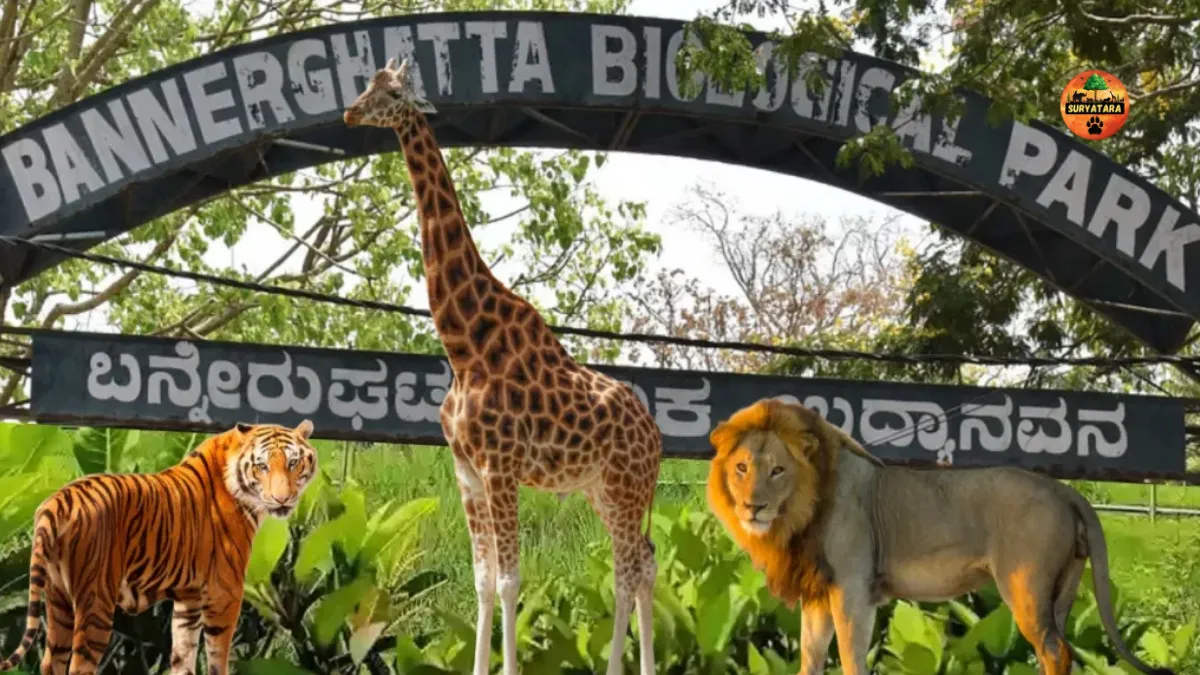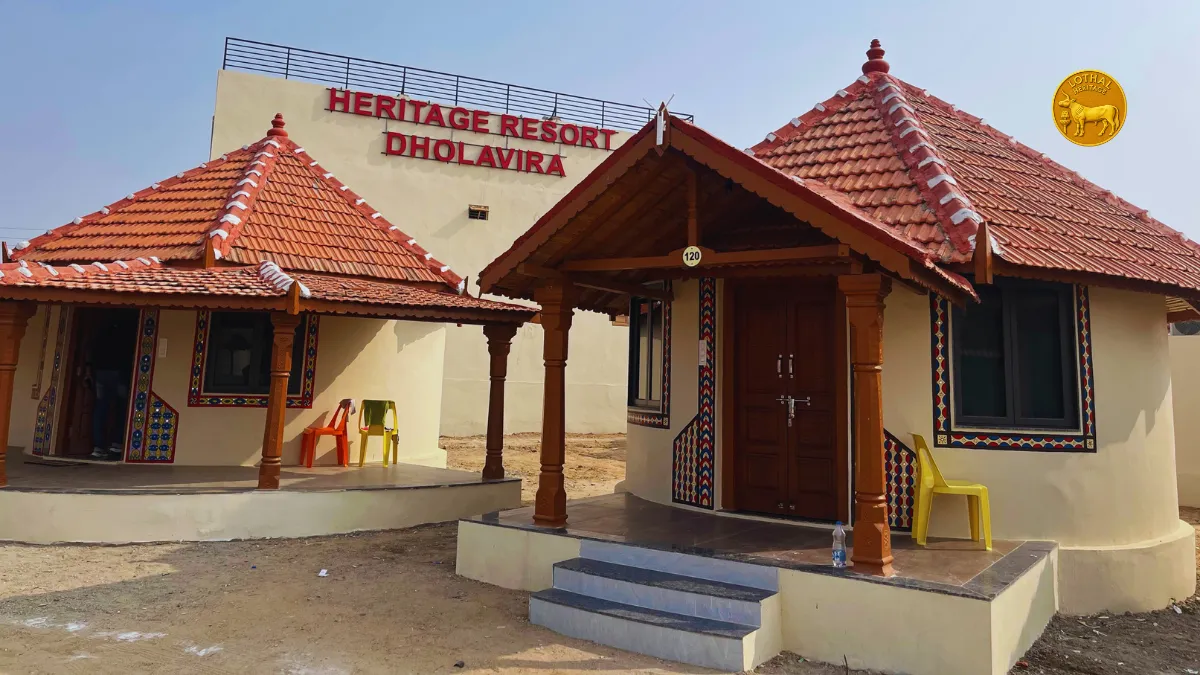Balpakram National Park is located in the South Garo Hills district of Meghalaya, a northeastern state in India known for its breathtaking landscapes, heavy rainfall, and unique tribal cultures. Often referred to as the “Land of Spirits,” Balpakram is a mystical and ecologically rich destination that holds immense value for nature lovers, researchers, and wildlife enthusiasts.
Where Exactly Balpakram National Park is Located
Balpakram National Park is located approximately 167 kilometers from Tura, the district headquarters of West Garo Hills. It lies close to the international border with Bangladesh and is part of the larger Garo Hills region, which forms a crucial section of the Indo-Myanmar biodiversity hotspot.
This park is perched at an altitude of around 3,000 feet above sea level and spans across 220 square kilometers. Its remote location has helped preserve its pristine condition, making it one of India’s most significant natural habitats.
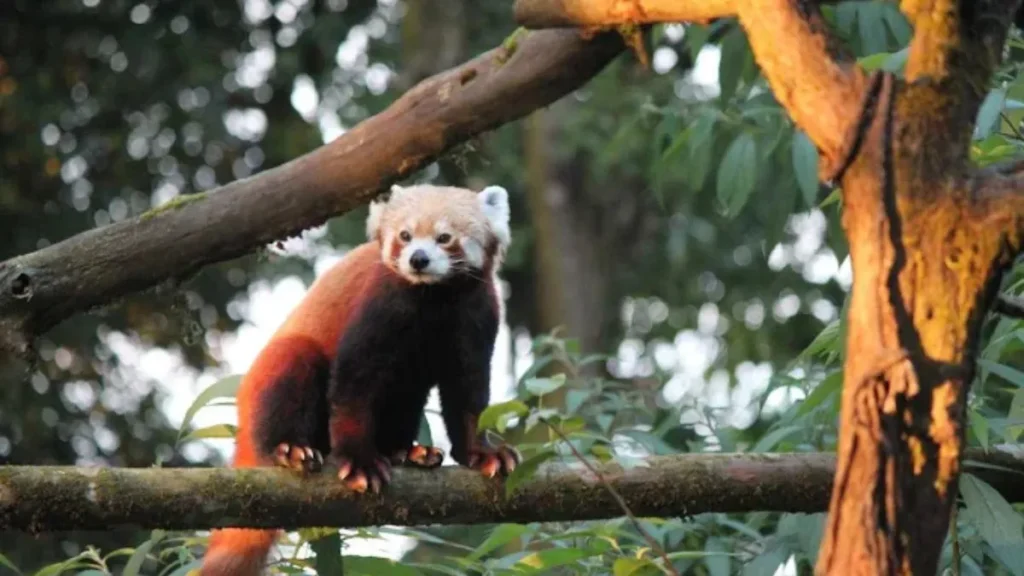
Key Details of Balpakram National Park
| Feature | Details |
|---|---|
| Location | South Garo Hills, Meghalaya, India |
| Nearest Town/City | Tura (167 km away) |
| Area Covered | Approximately 220 square kilometers |
| Altitude | Around 3,000 feet above sea level |
| Best Time to Visit | October to March |
| Famous For | Rare wildlife, rich biodiversity, mythological significance |
| Governing Authority | Meghalaya Forest Department |
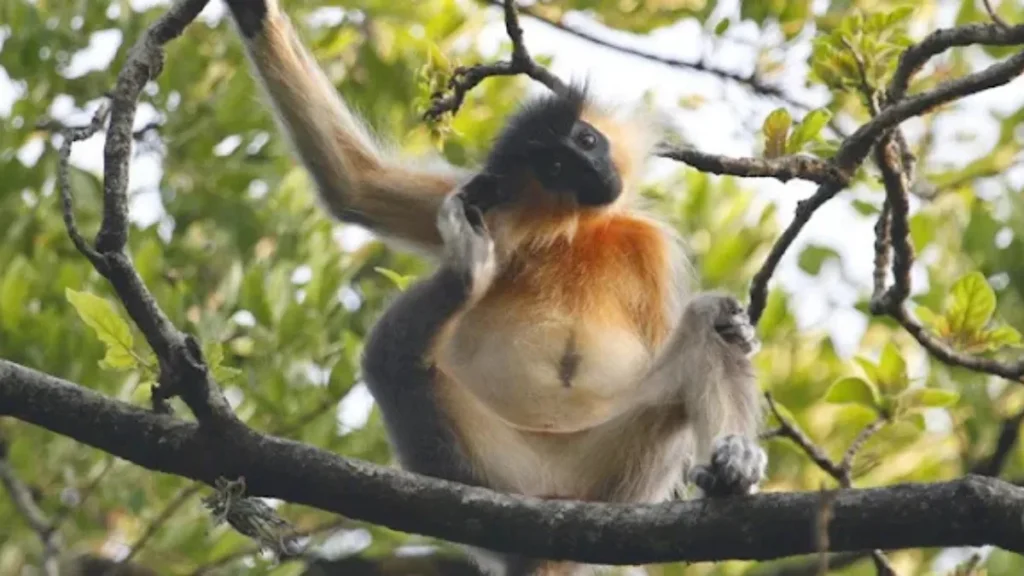
Rich Flora and Fauna: A Naturalist’s Dream
One of the major reasons why Balpakram National Park is located among India’s top biodiversity zones is its incredible variety of plant and animal life. The park is home to several rare and endangered species, such as:
- Red Panda
- Asian Elephant
- Clouded Leopard
- Barking Deer
- Hoolock Gibbon
- Mishmi Takin
Additionally, the park is rich in medicinal plants and orchids, making it a valuable resource for botanists and conservationists. The dense tropical forests, grasslands, and riverine ecosystems provide a range of habitats that support this biodiversity.

The Cultural and Mythological Significance
The word Balpakram literally means “land of perpetual winds” in the local Garo language. According to local legends, it is believed to be the resting place of departed souls, lending the park a spiritual aura. Ancient tribes speak of mysterious natural formations—such as strange gorges and rock structures—that are believed to be footprints or artifacts left by spirits and mythological beings.
Because of these deep-rooted beliefs, the region is not just an ecological gem but also a cultural and spiritual sanctuary for the indigenous Garo people.
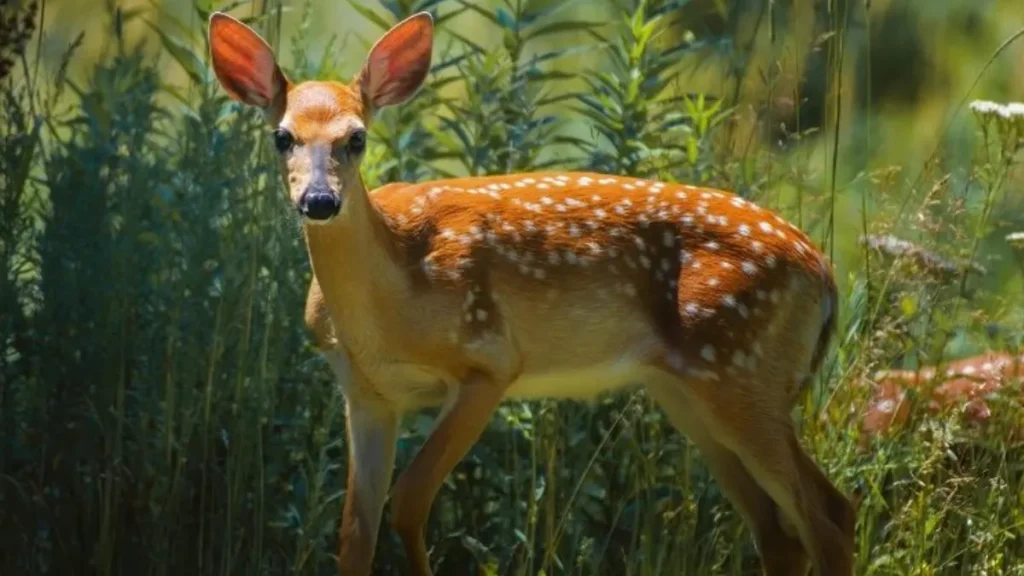
Why You Should Visit Balpakram National Park
If you’re someone who loves off-the-beaten-path destinations, then Balpakram should definitely be on your radar. Here’s why:
- Undisturbed Natural Beauty: Since it’s less commercialized than many other Indian national parks, you’ll experience unspoiled nature in its rawest form.
- Wildlife Viewing: The chances of spotting elusive species like the red panda or clouded leopard are higher here due to the park’s rich and dense ecosystems.
- Adventure and Trekking: The park offers thrilling trekking routes with panoramic views of gorges, cliffs, and plateaus.
- Bird Watching: With hundreds of bird species, Balpakram is a paradise for ornithologists and bird lovers.
- Cultural Immersion: Interacting with the Garo tribes adds a meaningful cultural layer to your visit.
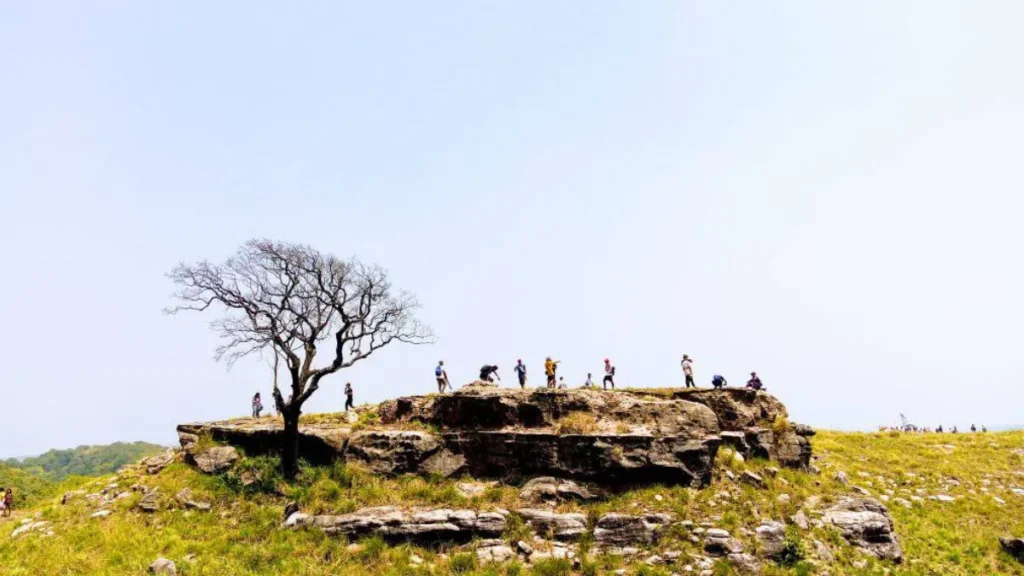
Also read: Nameri National Park: A Pristine Wilderness in Assam’s Heartland
Conservation Efforts and Challenges
Although Balpakram National Park is located in a relatively secluded area, it still faces several conservation challenges, including illegal hunting, shifting cultivation, and deforestation in surrounding buffer zones. However, the Meghalaya Forest Department and various NGOs are actively involved in conservation initiatives like:
- Anti-poaching patrols
- Community awareness programs
- Scientific biodiversity research
- Eco-tourism development with local participation
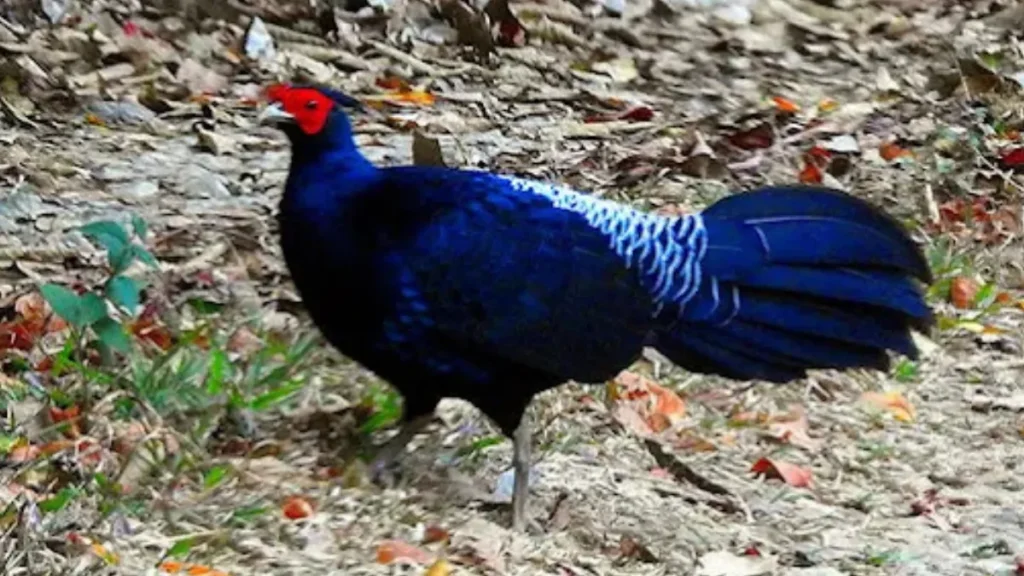
How to Reach Balpakram National Park
To reach the park, you can first travel to Guwahati (Assam) by flight or train, and then take a road trip to Tura. From Tura, it’s a further drive to the South Garo Hills region. Roads are motorable but can be rough, so planning ahead is essential.
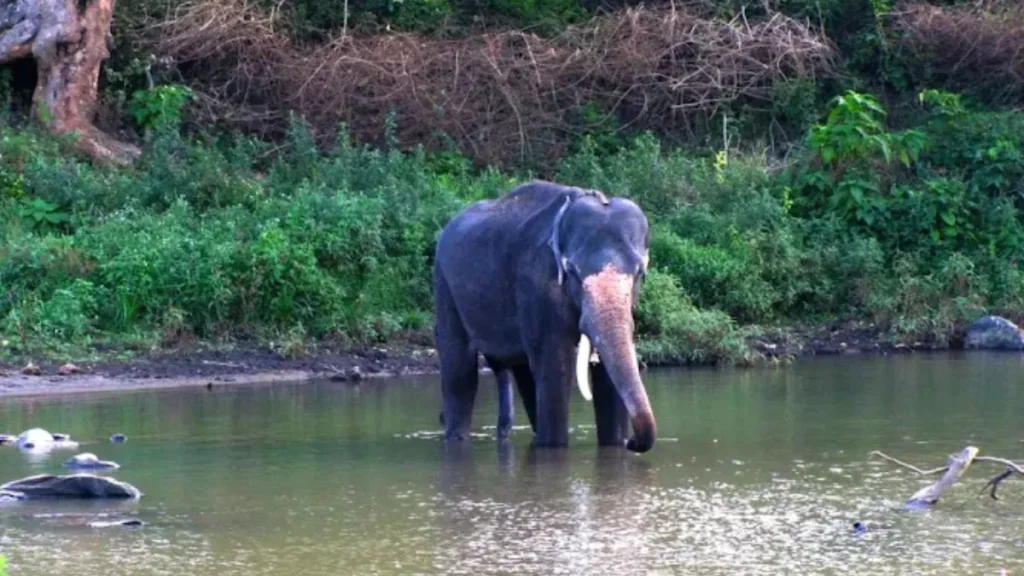
Also read: Tal Chhapar Sanctuary: A Hidden Gem in Rajasthan’s Wildlife Landscape
Conclusion
Balpakram National Park is located in one of India’s most ecologically and culturally rich regions. Whether you’re an adventurer, wildlife photographer, spiritual seeker, or simply someone who wants to disconnect from the hustle of city life, Balpakram offers a rare chance to witness untouched beauty.
Visiting this park isn’t just about seeing animals—it’s about connecting with nature, respecting tribal cultures, and supporting conservation in one of the last remaining wildernesses of Northeast India.

